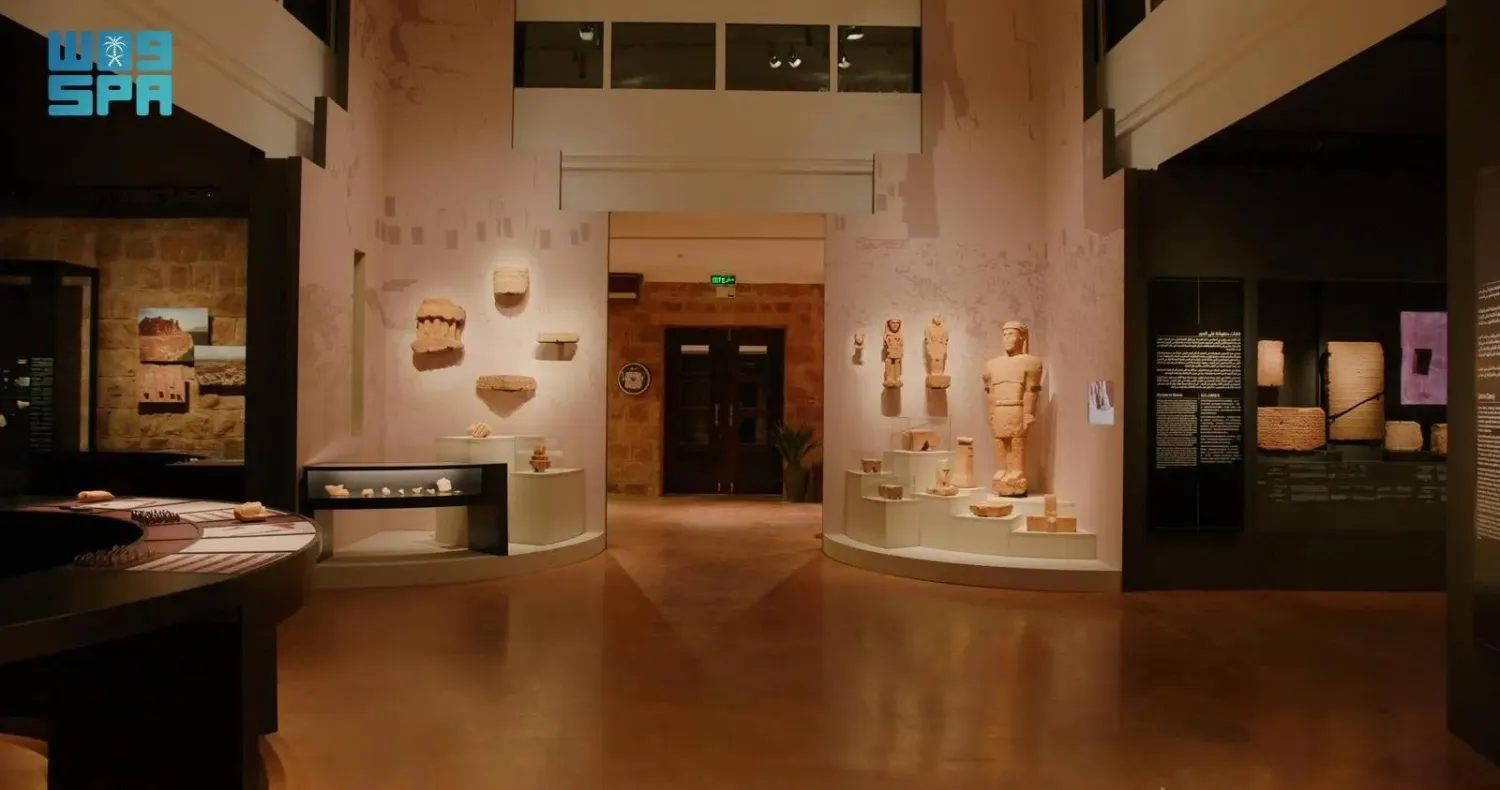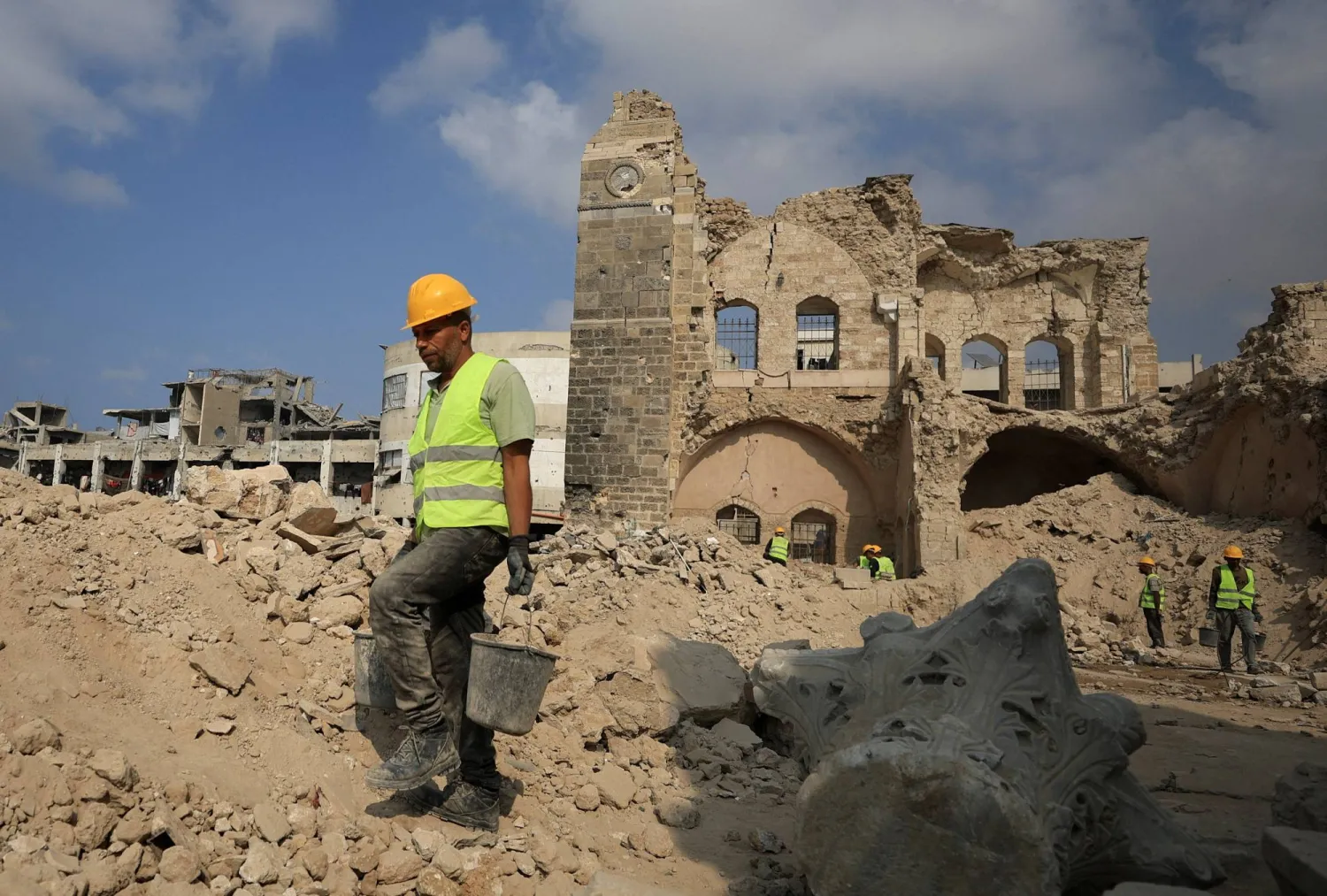Year after year, young residents of Makkah’s neighborhoods—particularly those surrounding the Grand Mosque—gain experience in organizing Ramadan celebrations, turning these efforts into more than just local initiatives.
What once were independent gatherings in each district have evolved into collective events, blending entertainment with social and humanitarian services in a single space.
As soon as Ramadan is announced, many neighborhoods in Makkah embark on their seasonal race to decorate streets, set up recreational equipment, and organize sports activities.
The planning begins a month prior, with community elders and youth selecting suitable locations in advance. These chosen sites, well-known to residents and even nearby neighborhoods, become vibrant meeting points, drawing people together to celebrate the holy month.
Youth-led initiatives are bringing back the spirit of traditional neighborhoods, creating Ramadan gatherings that blend heritage with modernity.
These events, launched under various names, foster a sense of community while promoting social and humanitarian values.
What sets them apart is their expansion beyond individual districts, transforming local celebrations into broader, inclusive experiences. Each night, these gatherings extend for more than four hours after Taraweeh prayers, filling the streets with festive energy.
Organizers have set clear social objectives, leveraging traditional community gatherings to offer a diverse range of activities.
Residents engage in billiards, table tennis, foosball, video games, and sports, such as volleyball and football.
Cultural initiatives also play a central role, with organizers partnering with charities to host special events.
A designated day is set for honoring various organizations—such as orphan care and disability support associations—allowing their members to participate in all available activities and reinforcing the spirit of solidarity and inclusion.
Some neighborhoods in Makkah have incorporated daily Ramadan iftar gatherings into their community service programs, offering meals not only to residents but also to visitors.
Meanwhile, local centers—such as Al-Hamra district—are organizing cultural events and competitions to enliven Ramadan nights. Special programs are being held for pilgrims near the Grand Mosque, with activities presented in multiple languages to accommodate the diverse crowd.
Ramadan nights in Makkah stand apart from those in any other city, shaped by its sacred status. The city is referenced in the Quran by 11 names, including Al-Balad Al-Ameen (the Secure City), Umm Al-Qura (the Mother of Cities), and Al-Haram Al-Amin (the Safe Sanctuary).
The influx of more than two million pilgrims throughout the holy month keeps the city bustling around the clock, adding to the vibrancy of these local gatherings, which draw visitors at various times and further enhance the significance of these events near the Grand Mosque.
These community-driven celebrations rely on collective efforts, according to Abbadi Al-Mutrafi, an activities organizer in the Al-Malawi district.
Speaking to Asharq Al-Awsat, he said the goal is to keep residents engaged within their own neighborhoods rather than seeking entertainment elsewhere.
“We offer a variety of activities throughout Ramadan, including both traditional and electronic games,” he explained.
Organizer Hadi Al-Hamazi noted to Asharq Al-Awsat that each year brings new elements to the festivities.
“We assess past successes and challenges to refine the programs, ensuring each edition offers fresh cultural and entertainment activities. Our aim is to cater to all segments of the local community—from youth and teenagers to the elderly,” he said.









